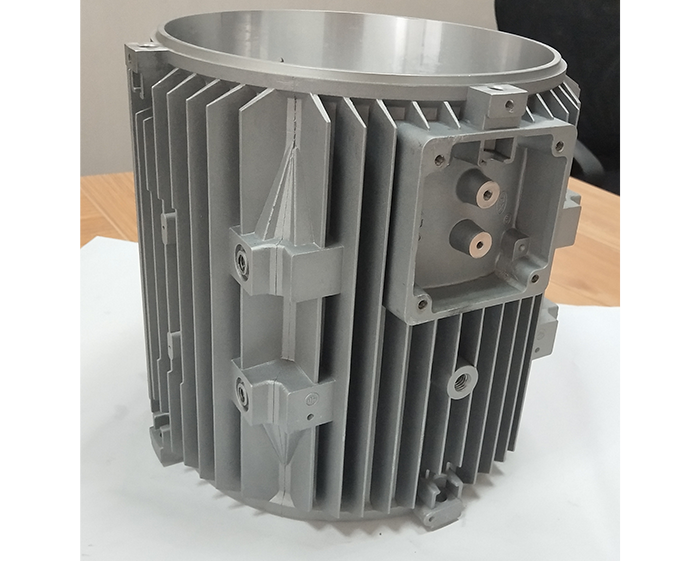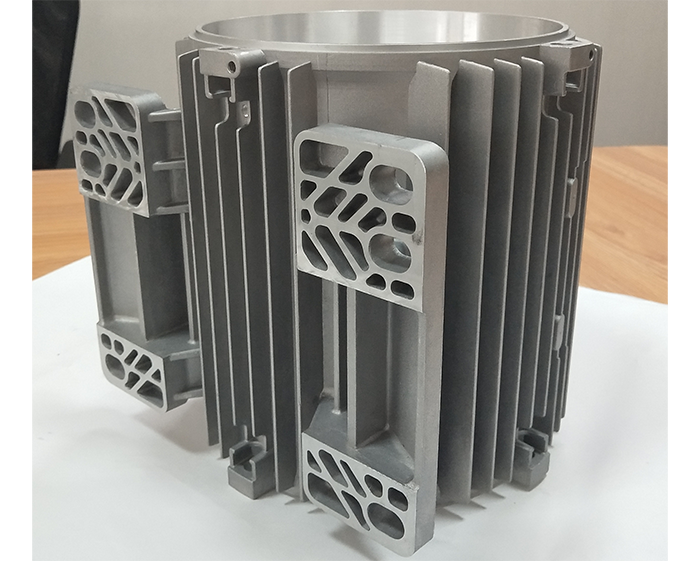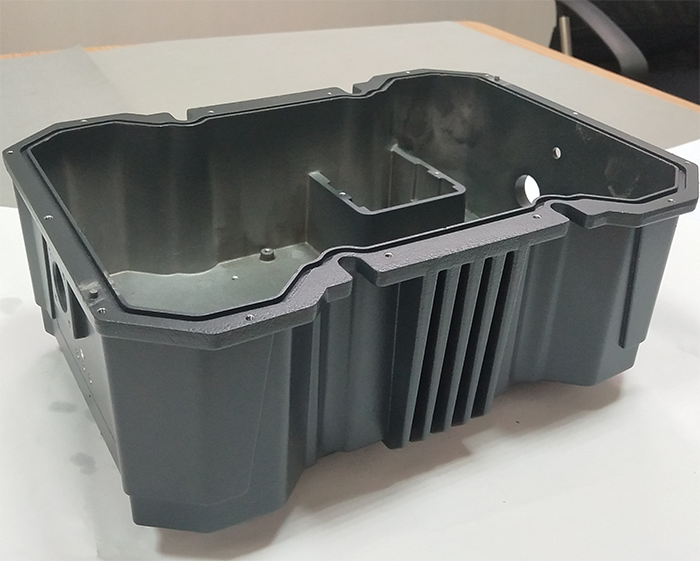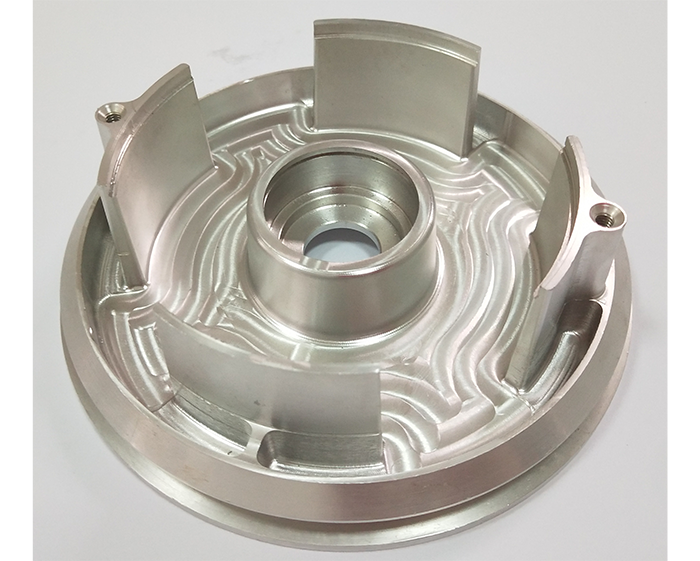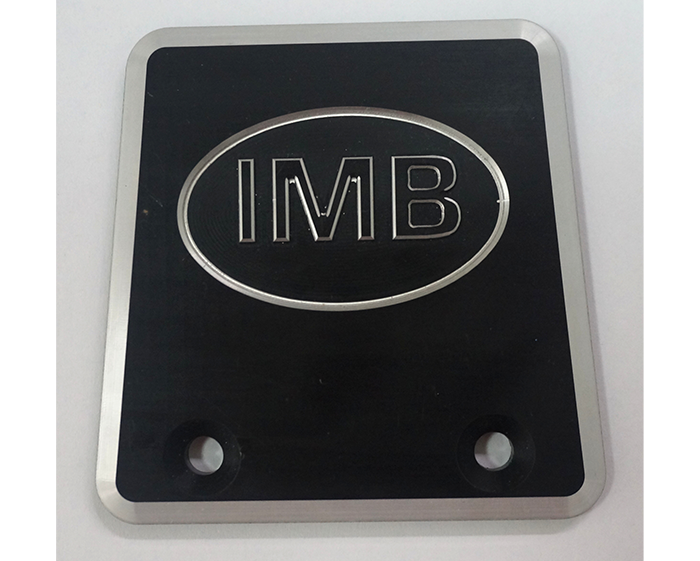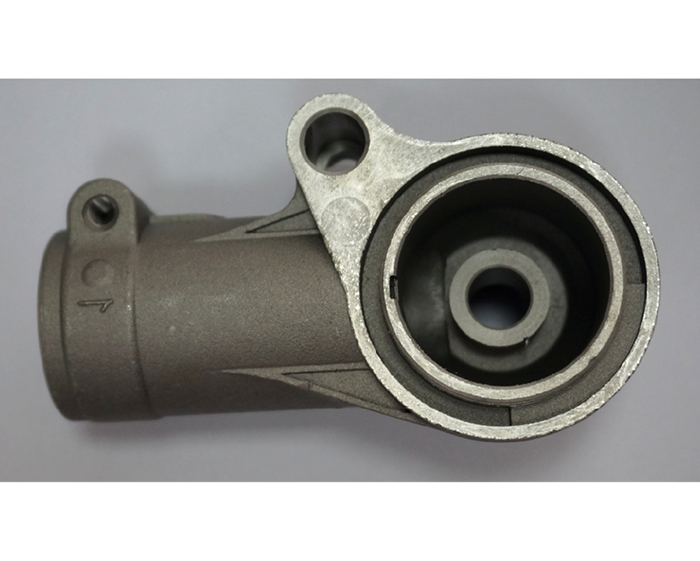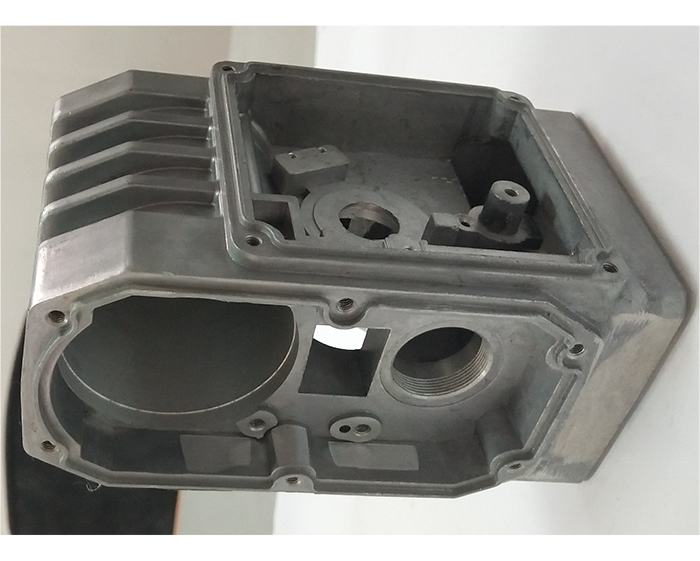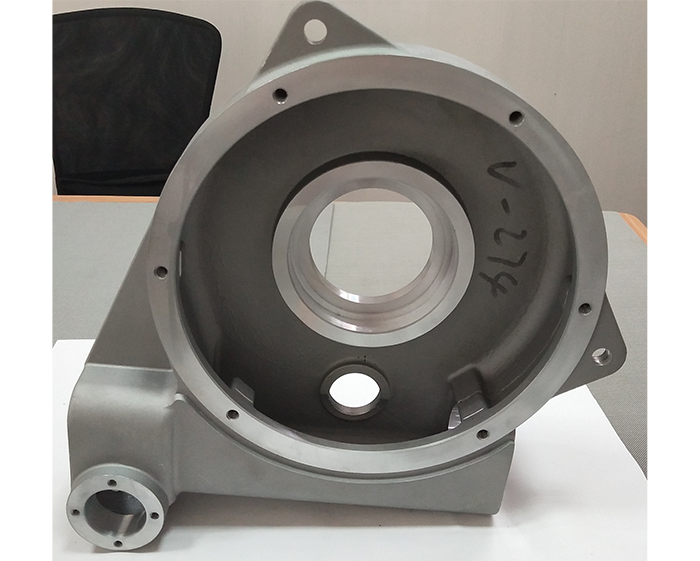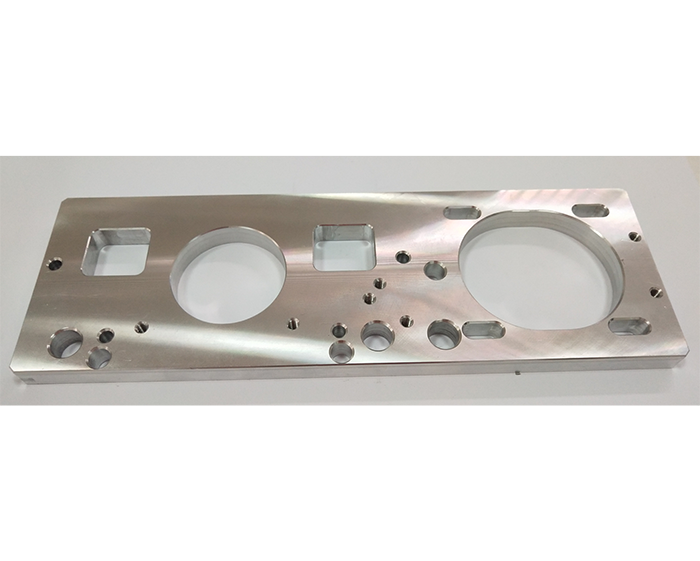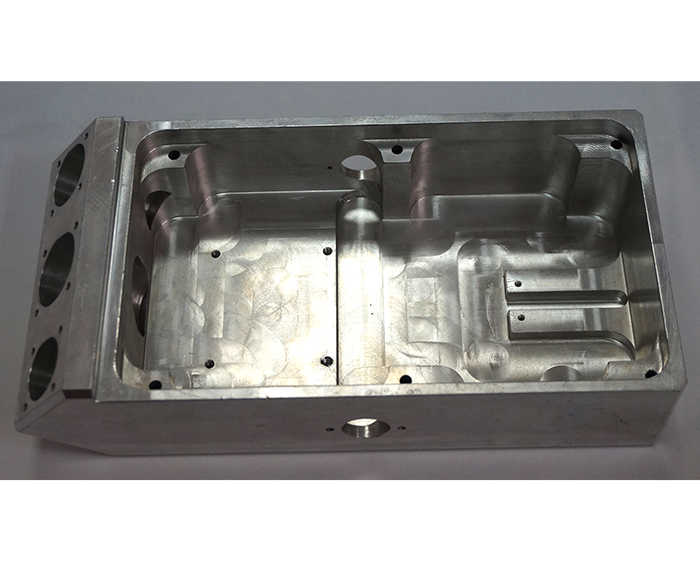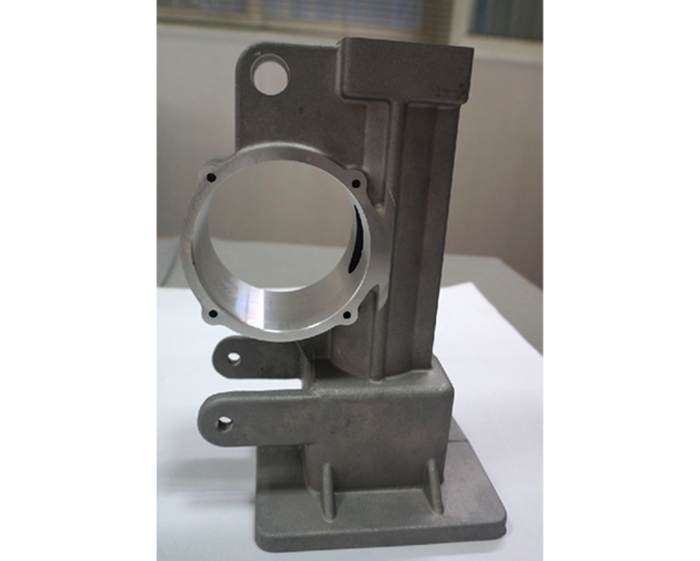Current location:HOME>Measures to improve the machining accuracy of mechanical par
news recommended
What are the requirements for materials f
Precision machining, not all materials can be precision machined, some materials
What should you pay attention to when pro
The metal mold processing industry is developing rapidly, and the competitive pre
What are the methods for processing preci
With the development of the times, many processes now require mechanical parts pr
What is the process of machining non-stan
In the process of machining non-standard parts, the foundation is important. The
Contact us
Changzhou Yuao Precision Machinery Co., Ltd.
Contact: Manager Chen
Mobile: 13701502369
Contact: Manager Liu
Mobile: 13861287767
Landline: 0519-85157217
Fax: 0519-85157217
Mailbox: 13701502369@163.com
Website: www.cajmjx.com
Address: No. 18 Qingjiang Road, Xinbei District, Changzhou City
Contact: Manager Liu
Mobile: 13861287767
Measures to improve the machining accuracy of mechanical par
Published:2019-06-04 Clicks: Times
In the field of mechanical parts processing, there is a concept of machining accuracy, and everyone should have an understanding. So today, let's share with you the process measures to improve the processing accuracy!
1. Reduce the original error
This method is a basic method that is widely used in production. It seeks to eliminate or reduce these factors after identifying the main factors that cause processing errors. For example, the turning of the slender shaft has now adopted the large-pass reverse turning method, which substantially eliminates the bending deformation caused by the axial cutting force. If it is supplemented by a spring, the influence of thermal elongation caused by thermal deformation can be further eliminated.
2. Compensation original error
The error compensation method artificially creates a new error to offset the original error in the original process system. When the original error is negative, the artificial error takes a positive value. Conversely, take a negative value and try to make the two equal in size; or use one original error to offset the other original error, and try to make the two equal. The opposite direction is achieved, thereby achieving the purpose of reducing machining errors and improving machining accuracy.
3. Transfer the original error
The error transfer method is essentially the geometric error, force deformation and thermal deformation of the transfer process system. There are many examples of error transfer methods. For example, when the accuracy of the machine tool does not meet the requirements of the part processing, it is often not to improve the accuracy of the machine tool, but to find a way from the process or the fixture to create conditions to shift the geometric error of the machine tool to the aspect that does not affect the machining accuracy. For example, the grinding spindle taper hole ensures the coaxiality with the journal, not by the rotation precision of the machine tool spindle, but by the clamp. When the spindle between the machine tool and the workpiece is floated, the original error of the machine spindle is shifted.
4. Equal original error
In the processing, due to the existence of the blank or the upper process error (hereinafter referred to as "original error"), the machining error of the process is often caused, or the performance of the workpiece material changes, or the process of the previous process changes (such as after the blank is refined). , the original cutting process is cancelled), causing a large change in the original error. The change of the original error has two main effects on the process:
(1). Error resolution, causing errors in the process;
(2). The positioning error is enlarged, causing this process error.
To solve this problem, use the method of grouping to adjust the error. The essence of this method is to divide the original error into n groups according to its size, and the error range of each group is reduced to 1/n, and then the processing is adjusted according to each group.
5. Homogenize the original error
Grinding processes are often used for shafts and holes that require high precision. The rig itself does not require high precision, but it can perform micro-cutting on the workpiece during the relative movement with the workpiece, and the high point is gradually worn away (of course, the mold is also worn away by the workpiece) to make the workpiece reach a high level. Precision. The process of friction and wear between the surfaces is a process in which the error is continuously reduced. This is the error equalization method. Its essence is to use the closely related surfaces to compare with each other, check each other to find the difference from the comparison, and then perform mutual correction or mutual reference processing, so that the error of the workpiece surface is continuously reduced and uniform. In production, many reference parts (such as flat plates, rulers, angle gauges, end tooth indexing plates, etc.) are processed using the error homogenization method.
6. Local processing method
There are some precision problems in processing and assembly, which involve the mutual relationship between parts or components. It is quite complicated. If you improve the accuracy of the parts and the parts themselves, sometimes it is not only difficult or even impossible. If you use the local processing method (also called itself) The method of processing and repairing can easily solve the problem of precision that seems very difficult. The in-situ processing method is commonly used in the machining of mechanical parts as an effective measure to ensure the machining accuracy of parts.
You may also be interested in this
Related Reading
 Focus on
Focus on


